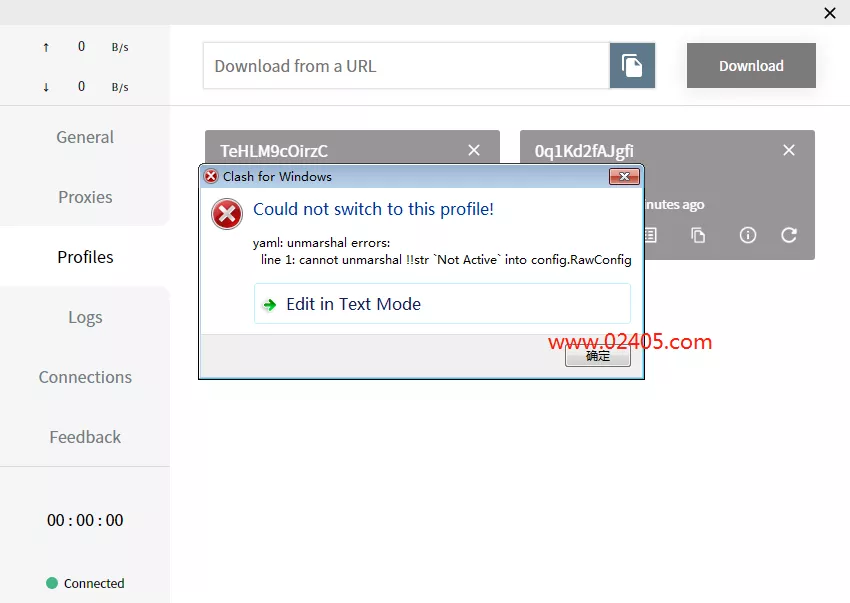在处理 golang 中的缓存失效时,可以遵循以下策略:使用时间戳标记缓存项,并在过期时获取新数据。使用锁,当协程获取缓存项时对缓存进行加锁,并在缓存项不存在或过期时解锁缓存并获取新数据。

如何处理 Golang 缓存失效的情况?
在 Golang 程序中使用缓存时,应对缓存失效的情况至关重要,以确保数据的一致性和可靠性。以下是两种处理策略:
1. 使用时间戳
- 将缓存项与时间戳关联起来。
- 当缓存项过期时,获取新数据并更新缓存。
type CacheItem struct {
Value interface{}
Timestamp time.Time
}
var cache = make(map[string]CacheItem)
func SetCache(key string, value interface{}) {
cache[key] = CacheItem{Value: value, Timestamp: time.Now()}
}
func GetCache(key string) (interface{}, bool) {
item, ok := cache[key]
if ok && time.Since(item.Timestamp) < time.Second*30 {
return item.Value, true
}
return nil, false
}
2. 使用锁
- 当一个协程获取缓存项时,对缓存进行加锁。
- 如果缓存项不存在或已过期,则解锁缓存并获取新数据。
var cache = sync.Map{}
func SetCache(key string, value interface{}) {
cache.Store(key, value)
}
func GetCache(key string) (interface{}, bool) {
if value, ok := cache.Load(key); ok {
return value, true
}
lock := sync.Mutex{}
lock.Lock()
defer lock.Unlock()
if value, ok := cache.Load(key); ok {
return value, true
}
newValue, err := fetchNewValue(key)
if err == nil {
cache.Store(key, newValue)
}
return newValue, err == nil
}
实战案例
假设我们在一个 RESTful API 中使用缓存来存储用户的详细信息。
package main
import (
"encoding/json"
"fmt"
"net/http"
"time"
"<a style='color:#f60; text-decoration:underline;' href="https://www.codesou.cn/" target="_blank">git</a>hub.com/go-<a style='color:#f60; text-decoration:underline;' href="https://www.codesou.cn/" target="_blank">redis</a>/redis/v8"
)
var redisClient = redis.NewClient(&redis.Options{})
type User struct {
ID int
Name string
}
func main() {
// 添加缓存处理
http.HandleFunc("/users/:id", func(w http.ResponseWriter, r *http.Request) {
var user User
id := r.URL.Path[len("/users/"):]
// 尝试从缓存中获取用户数据
cachedUser, ok := GetCache(id)
if ok {
// 缓存命中
fmt.Fprintf(w, "User from cache: %+v", cachedUser)
return
}
// 缓存未命中
// 从数据库中获取用户数据
err := db.Get(id, &user)
if err != nil {
// 数据库中不存在此用户
fmt.Fprintf(w, "User not found")
return
}
// 设置缓存,有效期为 30 秒
SetCache(id, user, time.Second*30)
fmt.Fprintf(w, "User from database: %+v", user)
})
http.ListenAndServe(":8080", nil)
}
func GetCache(key string) (User, bool) {
result, err := redisClient.Get(key).Bytes()
if err != nil {
return User{}, false
}
var user User
err = json.Unmarshal(result, &user)
if err != nil {
return User{}, false
}
return user, true
}
func SetCache(key string, user User, expiration time.Duration) {
jsonBytes, err := json.Marshal(user)
if err != nil {
return
}
err = redisClient.Set(key, jsonBytes, expiration).Err()
if err != nil {
return
}
}











